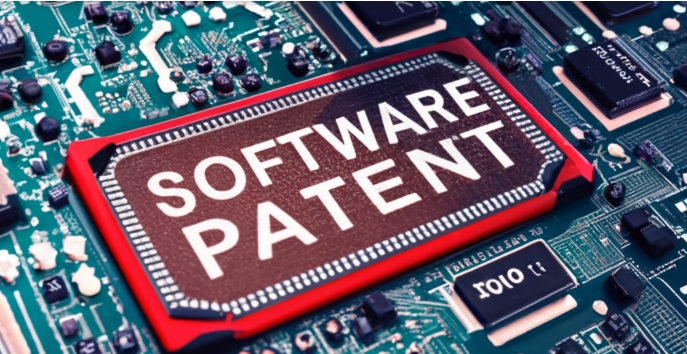Patents are a powerful way to protect intellectual property, but when it comes to computer software, the process can be complex and jurisdiction-dependent. This article explores whether computer software can be patented, highlights the challenges involved, and provides actionable insights into protecting software innovations.

What is a Software Patent?
A software patent is a legal protection granted to the functional aspects of a computer program, safeguarding its unique processes and methods. Unlike copyrights that protect the expression of code, patents focus on the technical innovation underlying the software.
Key Terms:
- Patent: A legal right granted to an inventor, providing exclusive rights to their invention for a specific period.
- Abstract Ideas: Concepts that cannot be directly patented unless tied to a specific, practical application.
- Technical Character: A requirement in some jurisdictions indicating the software must solve a technical problem to be patentable.
Jurisdictional Differences in Software Patentability
United States
- Software is patentable if it meets the criteria of being novel, non-obvious, and tied to a specific, practical application.
- Key Case Law:
- Diamond v. Diehr (1981): Affirmed that a computer-controlled industrial process could be patented.
- Alice Corp. v. CLS Bank International (2014): Introduced stricter guidelines, stating that abstract ideas must include a significant inventive concept to qualify.
European Union
- The European Patent Convention (EPC) excludes software “as such” from patentability.
- Key Rule: If the software contributes to solving a technical problem or exhibits a technical character, it may qualify for patent protection.
Japan
- Japan’s approach is more inclusive. Software is patentable if it involves the “creation of technical ideas utilizing the law of nature.”
- Applications must detail how the software interacts with hardware or achieves a concrete technical result.
Comparison Table: Global Software Patent Rules
| Jurisdiction | Patentability Criteria | Key Challenges |
| United States | Must demonstrate a technical innovation; avoids abstract ideas | Strict post-Alice framework |
| European Union | Requires technical character or problem-solving capability | Exclusion of software “as such” |
| Japan | Focuses on concrete technical use with natural laws | Detailed application needed |
Challenges in Patenting Software
1. Abstract Nature of Software
Many jurisdictions exclude abstract ideas from being patented unless they are tied to a specific, practical application. Merely automating a human task without introducing technical innovation is not enough.
2. Rapid Technological Advancements
The software industry evolves at an unprecedented pace, often rendering a patented technology obsolete by the time the patent is approved.
3. Cost and Complexity
The patent application process for software can be lengthy and costly, often requiring extensive documentation and legal expertise.
Alternative Ways to Protect Software
If patenting software is challenging, there are alternative approaches to safeguarding intellectual property:
- Copyrights: Protects the expression of code and user interfaces.
- Trade Secrets: Keeps proprietary algorithms or methods confidential.
- Licensing Agreements: Grants specific rights to users while retaining ownership.
Steps to Patent Software
- Determine Patentability: Ensure the software meets the jurisdiction’s requirements for novelty, non-obviousness, and utility.
- Conduct a Prior Art Search: Identify similar technologies to confirm your software is unique.
- Draft a Detailed Application: Include flowcharts, algorithms, and technical descriptions demonstrating the software’s innovative aspects.
- Hire a Patent Attorney: Navigating the legal landscape requires expertise to ensure compliance with complex rules.
- Submit the Application: File with the appropriate patent office (e.g., USPTO, EPO, JPO) and await examination.
Example: Successful Software Patents
- Amazon’s 1-Click Ordering: Revolutionized e-commerce with its streamlined purchase process.
- Google’s PageRank Algorithm: Patented to protect the core of its search engine’s functionality.
Summary and Takeaways
Patenting computer software is possible but fraught with challenges, including jurisdictional differences and the abstract nature of software. Innovators should carefully evaluate whether patents are the best protection for their work and consider alternative strategies like copyrights and trade secrets.
By understanding the requirements and preparing thoroughly, businesses can safeguard their software innovations and gain a competitive edge.

